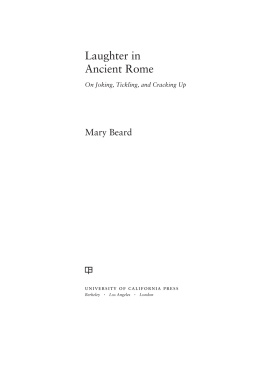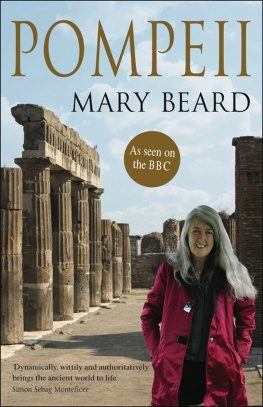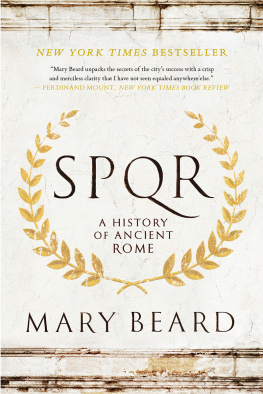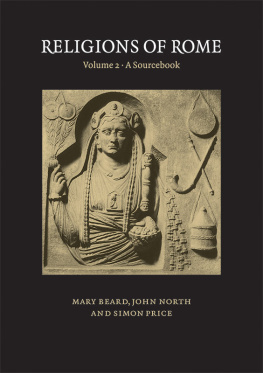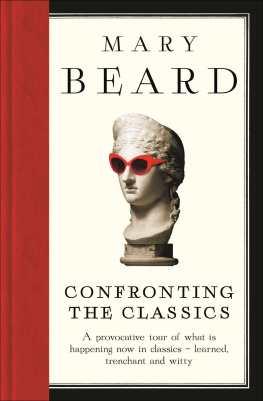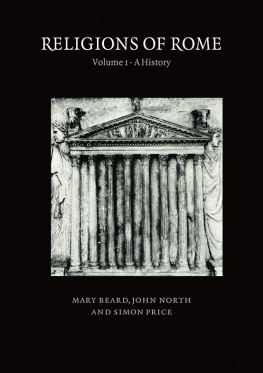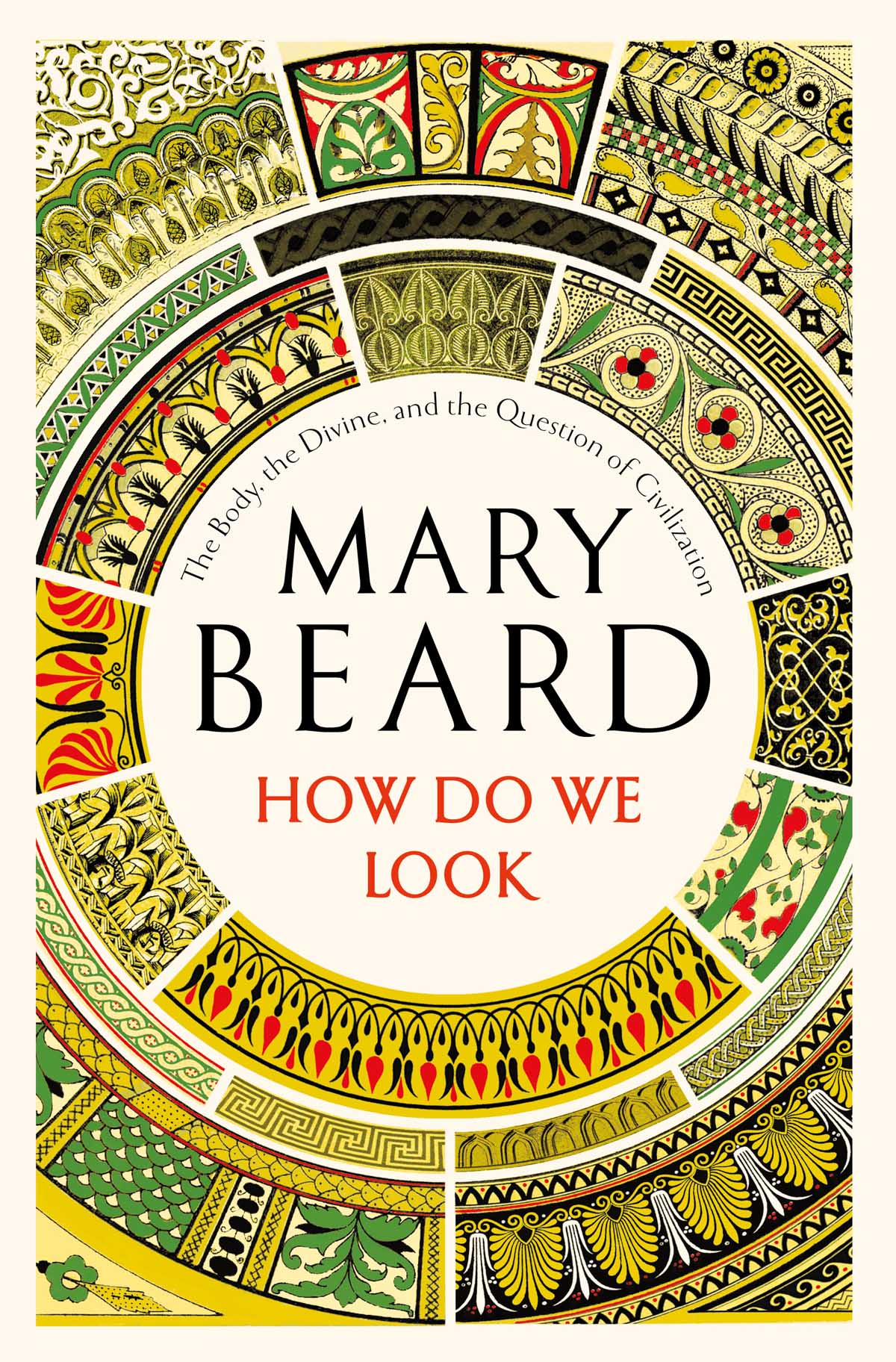Contents
Guide
Page List
ALSO BY MARY BEARD
Women & Power: A Manifesto
SPQR: A History of Ancient Rome
Laughter in Ancient Rome
The Roman Triumph
Confronting the Classics
Pompeii: The Life of a Roman Town
Its a Dons Life
All in a Dons Day
The Parthenon
The Colosseum (with Keith Hopkins)
HOW DO WE LOOK
THE BODY, THE DIVINE, AND THE QUESTION OF CIVILISATION

MARY BEARD

LIVERIGHT PUBLISHING CORPORATION
A DIVISION OF W. W. NORTON & COMPANY
Independent Publishers Since 1923
NEWYORK LONDON
Copyright 2018 by Mary Beard Publications, Ltd.
First American Edition 2018
First published in Great Britain under the title
Civilisations: How Do We Look/The Eye of Faith
All rights reserved
For information about permission to reproduce selections from this book, write to Permissions, Liveright Publishing Corporation, a division of W. W. Norton & Company, Inc., 500 Fifth Avenue, New York, NY 10110
For information about special discounts for bulk purchases, please contact W. W. Norton Special Sales at specialsales@wwnorton.com or 800-233-4830
JACKET DESIGN BY PETER DYER
JACKET ART: RENAISSANCE NO 5 PLATE LXXVIII FROM THE GRAMMAR OF ORNAMENT BY OWEN JONES, PUBLISHED BY DAY & SON LONDON 1865. PHOTO BY UNIVERSAL HISTORY ARCHIVE / GETTY IMAGES
ISBN 978-1-63149-440-6
ISBN 978-1-63149-441-3 (e-Book)
Liveright Publishing Corporation
500 Fifth Avenue, New York, N.Y. 10110
www.wwnorton.com
W. W. Norton & Company Ltd.
15 Carlisle Street, London W1D 3BS
To Matt Hill and the team
CONTENTS


T he history of art is about how we look. It is not only about the men and women who with their paints and pencils, their clays and chisels created the images that fill our world, from cheap trinkets to priceless masterpieces. It is even more about the generations of humankind who have used, interpreted, argued over and given meaning to those images. One of the most influential art historians of the twentieth century, E. H. Gombrich, once wrote, There really is no such thing as art. There are only artists. I am putting the viewers of art back into the frame. Unless we attend to the controversies, discussions and debates around any such masterpieces we miss out on their significance.
This book explores art, and our reactions to it, over thousands of years and across thousands of miles, from ancient Greece to ancient China, from sculpted human heads in prehistoric Mexico to a twenty-first-century mosque on the outskirts of Istanbul. Inevitably and unashamedly selective, it concentrates on two of the most intriguing and contested themes in human artistic culture. Part One highlights the art of the body, focusing on some very early depictions of men and women around the world, asking what they were for and how they were seen whether the colossal images of a pharaoh from ancient Egypt or the terracotta warriors buried with the first emperor of China. Part Two turns to images of God and gods. It takes a wider time range, reflecting on how all religions, ancient and modern, have faced irreconcilable problems in trying to picture the divine. It is not just some particular religions, such as Judaism or Islam, that have worried about such visual images. All religions throughout history have been concerned about and have sometimes fought over what it means to represent God, and they have found elegant, intriguing and awkward ways to confront that dilemma. The violent destruction of images is one end of an artistic spectrum that has idolatry at the other.
Part of my project is to expose the very long history of how we look. All over the world ancient art, its debates and its controversies still matter. In the West, the art of classical Greece and Rome in particular and the different engagement people have had with that tradition, over many centuries still has an enormous impact on modern viewers, even if we do not always recognise it. Western assumptions about what a naturalistic representation of the human body is date back to a particular artistic revolution in Greece around the turn of the sixth and fifth centuries BCE. And many of our ways of talking about art continue the conversations of the classical world. The modern idea that the female nude implies the existence of a predatory male gaze was not first thought up, as is often imagined, in the feminism of the 1960s. As Part One will explain, what is believed to be the very first life-sized statue of a female nude in classical Greece a fourth-century BCE image of the goddess Aphrodite provoked exactly the same kind of debate. And some of the earliest intellectuals that are known to us argued fiercely about the rights and wrongs of portraying gods in human form. One sixth-century BCE Greek philosopher sharply observed that if horses and cattle could paint and sculpt, they would represent the gods just like themselves as horses and cattle.
The question of civilisation hovers over much of the book. It is loosely based on two programmes I wrote for the 2018 BBC series Civilisations, which were adapted for PBS in the United States. This series was an attempt to take a fresh look at the themes of Kenneth Clarks series Civilisation, first broadcast in 1969, which became a classic on both sides of the Atlantic, and around the world (the plural in the new title indicates the much wider frame of reference than the original, which Thomas Jefferson and the Statue of Liberty apart was almost entirely European). Clark opened his first programme by reflecting on the key concept itself: What is civilisation? he asked. I dont know. I cant define it in abstract terms yet. But I think I can recognise it when I see it. This betrayed a certain lofty self-confidence in his own cultural judgement; but Clark was also acknowledging the ragged and shifting edges of the category.
I am even more concerned than Clark with the discontents and debates around the idea of civilisation, and with how that rather fragile concept is justified and defended. One of its most powerful weapons has always been barbarity: we know that we are civilised by contrasting ourselves with those we deem to be uncivilised, with those who do not or cannot be trusted to share our values. Civilisation is a process of exclusion as well as inclusion. The boundary between us and them may be an internal one (for much of world history the idea of a civilised woman has been a contradiction in terms), or an external one, as the word barbarian suggests; it was originally a derogatory and ethnocentric ancient Greek term for foreigners you could not understand, because they spoke in an incomprehensible babble: bar-bar-bar... The inconvenient truth, of course, is that so-called barbarians may be no more than those with a different view from ourselves of what it is to be civilised, and of what matters in human culture. In the end, one persons barbarity is another persons civilisation.


